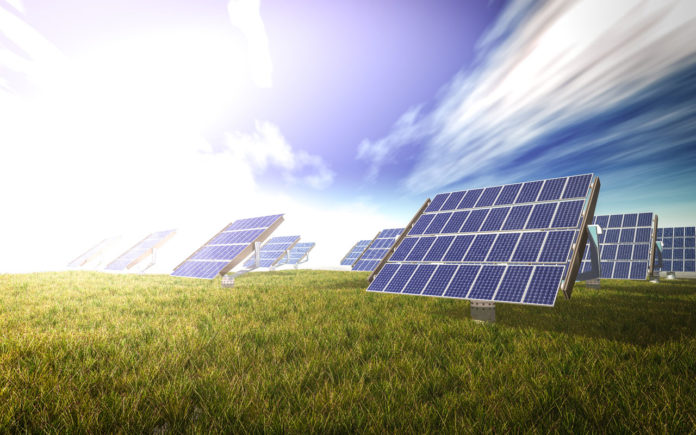Iowa State engineers are developing machine learning tools that can quickly and cheaply design better solar cells. Instead of using traditional, costly methods, they want to use machine learning to scan swiftly existing data, learn patterns, make predictions, and help them immediately reach their design goal.
Iowa State University’s Baskar Ganapathysubramanian said, “The project’s immediate goal is to develop machine-learning theory and software tools that will allow rapid identification of organic thin-film structures that enhance solar cell performance and are easy to manufacture. The broader goal is to demonstrate that machine learning can help rapidly design all kinds of technologies.”
Soumik Sarkar, an Iowa State associate professor of mechanical engineering, said, “We’re looking at a non-traditional way of doing machine learning – we’re doing science with machine learning. Machine learning has been used to make your next Netflix recommendation. The new frontier is trying to see if machine learning can help engineers or scientists do engineering or science better.”
Engineers better knew that the machine learning process could generalize design-for-manufacturing rules to identify difficult-to-manufacture features in a complex part. This helps to accelerate the design process and allows scientists to identify manufacturing bottlenecks at the design stage.
Ganapathysubramanian said, “While better solar cells are certainly a good thing, but that’s not the best thing that could come from this project.”
“The most important outcomes are going to be theory and software tools that allow us to design new technologies in a fast and agile manner. That’s the key outcome that ARPA-E expects.”
A recent grant of up to $2 million over two years from the U.S. Department of Energy’s Advanced Research Projects Agency-Energy (ARPA-E) will support their exploration of that idea. The Iowa State-led project is one of 23 supported by up to $15 million from the research agency’s DIFFERENTIATE program dedicated to accelerating the search for energy innovations.
